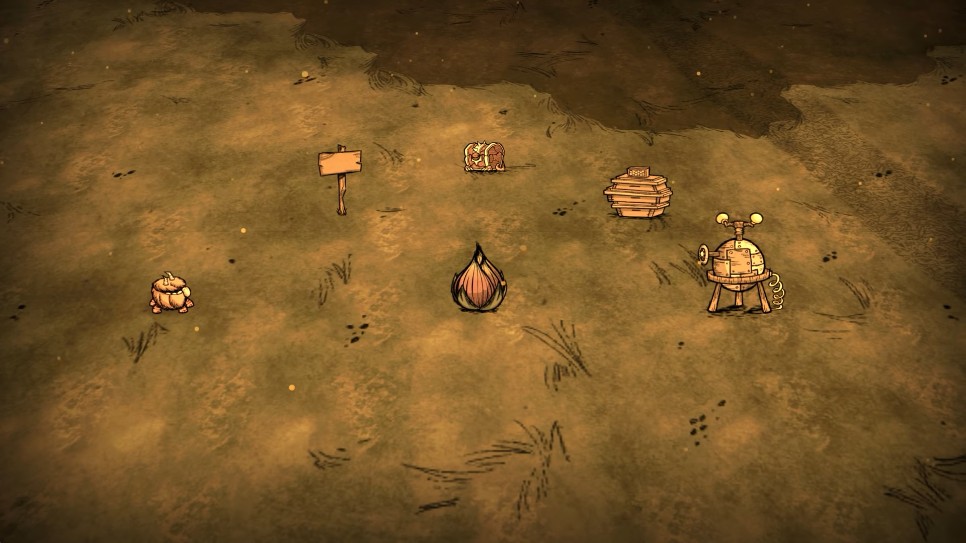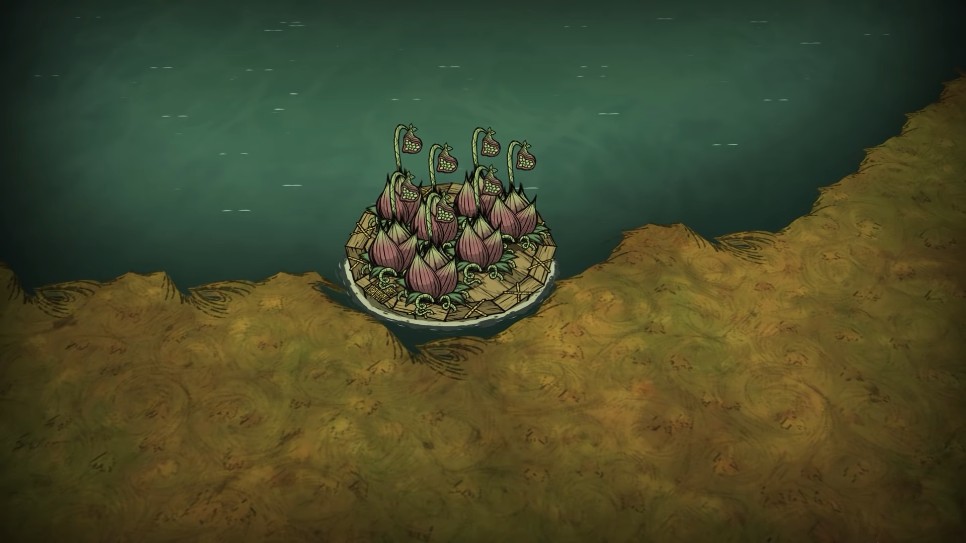In the vast and challenging world of Don't Starve Together (DST), players often find themselves facing numerous obstacles, from managing resources to dealing with hostile creatures. Among the many unique elements in DST, the Lureplant stands out as both a resource and a tool. This article delves into the uses, strategies, and mechanics of Lureplants, providing insights for both new and seasoned players.
Introduction to Lureplants
Lureplants are peculiar plants that spawn in the game world, often near player bases or in areas rich with resources. They are characterized by a large, dangling bulb that attracts various creatures, including bees, rabbits, and even spiders. The plant itself is harmless but is surrounded by Eyeplants, small, aggressive entities that defend the Lureplant and attack nearby creatures.
Key Features of Lureplants
- Attracting Creatures: Lureplants draw in various mobs, which can be useful for farming resources or distracting enemies.
- Eyeplants: These are the defensive units of the Lureplant. They are weak but can be a nuisance if not managed properly.
- Leafy Meat Production: When planted on certain surfaces like boats or man-made turf, Lureplants produce Leafy Meat, a valuable resource for crafting high-quality dishes.

Planting Lureplants on boats allows for safe production of Leafy Meat.
Strategies for Using Lureplants
1. Resource Farming
Lureplants can be used to farm resources like twigs and grass by placing them in strategic locations where they can attract and consume these items. This method is particularly useful for characters like Wickerbottom, who can automate this process using her book.
2. Combat Tactics
Eyeplants can serve as a distraction or a defense mechanism. By placing a Lureplant near a spider den or other hostile mobs, you can use the Eyeplants to weaken or distract enemies while you attack from a safe distance.
3. Leafy Meat Farming
Planting Lureplants on boats or man-made turf allows them to produce Leafy Meat without spawning Eyeplants. This provides a reliable source of food and ingredients for dishes like Jelly Salad.
4. Wildfire Prevention
In summer, Lureplants have a high smoldering priority, meaning they will catch fire before other items. This can be used to prevent wildfires from spreading to more valuable resources or structures.

Using Lureplants strategically can help prevent wildfires from spreading.
Managing Killer Bees with Lureplants
In biomes filled with killer bees, Lureplants can be a valuable tool. Here’s how you can leverage them:
Steps to Manage Killer Bees:
- Plant a Lureplant: Place it near a beehive to attract bees.
- Lure Bees to Eyeplants: Lead the bees into the Eyeplants, which will attack and consume them.
- Clear the Hive: Once the bees are distracted or killed, you can safely destroy the hive without being attacked.
- Harvest Honeycomb: After clearing the hive, you can collect honeycomb for crafting or cooking.
Additional Tips for Dealing with Killer Bees
- Use Protective Gear: Wear a Log Suit and Beekeeper Hat to reduce damage from bee attacks.
- Utilize Bug Catcher Nets: These can help capture and relocate bees, reducing aggression.
- Avoid Burning Hives: Burning hives evicts bees without killing them, making the area more dangerous.
Conclusion and Summary
Lureplants in DST offer a versatile tool for resource management, combat tactics, and even environmental control. By understanding how to plant, manage, and utilize Lureplants effectively, players can enhance their gameplay experience and overcome challenges more efficiently.
Actionable Summary:
- Plant Lureplants on boats for safe Leafy Meat production.
- Use Eyeplants as distractions or defenses against hostile mobs.
- Leverage Lureplants to manage killer bees and other aggressive creatures.
- Prevent wildfires by placing Lureplants near flammable resources.